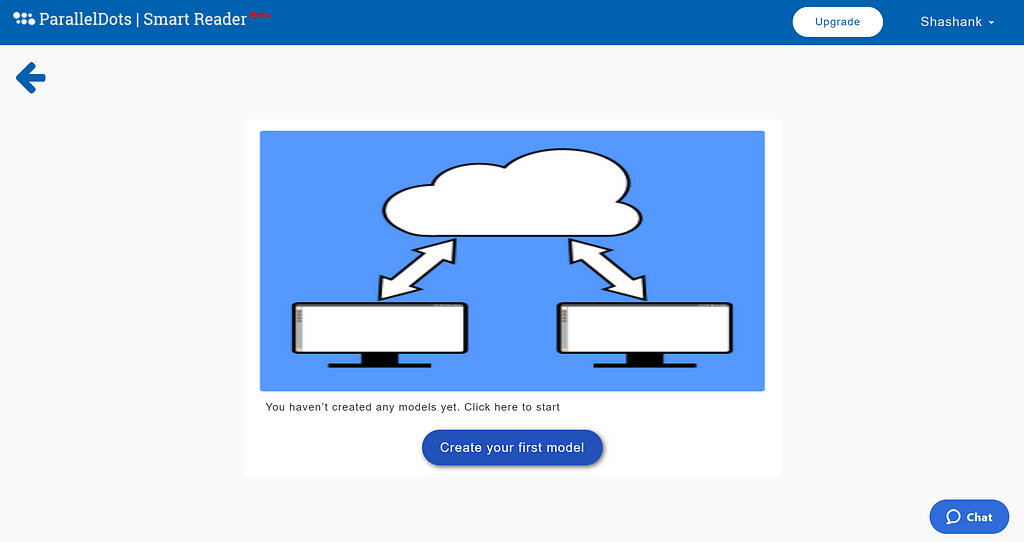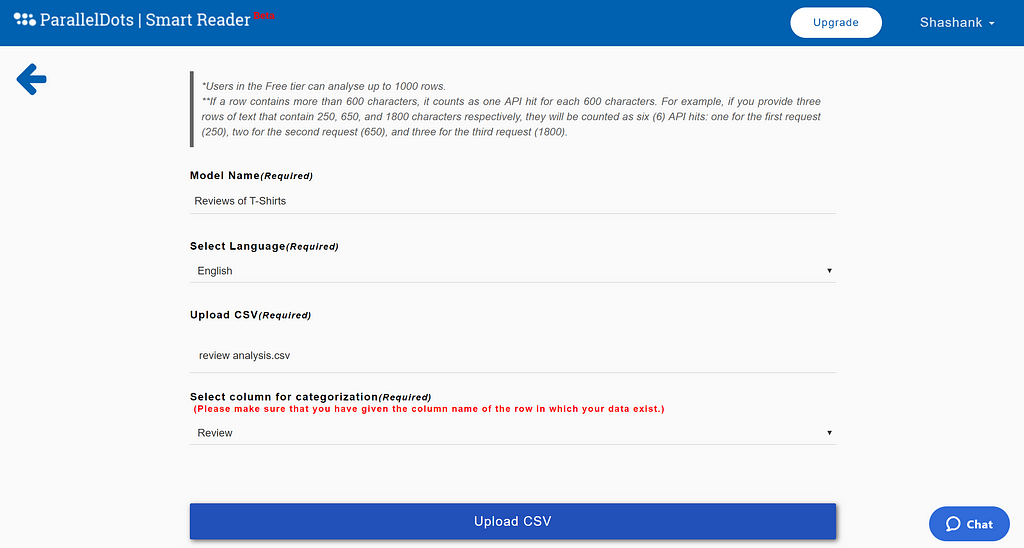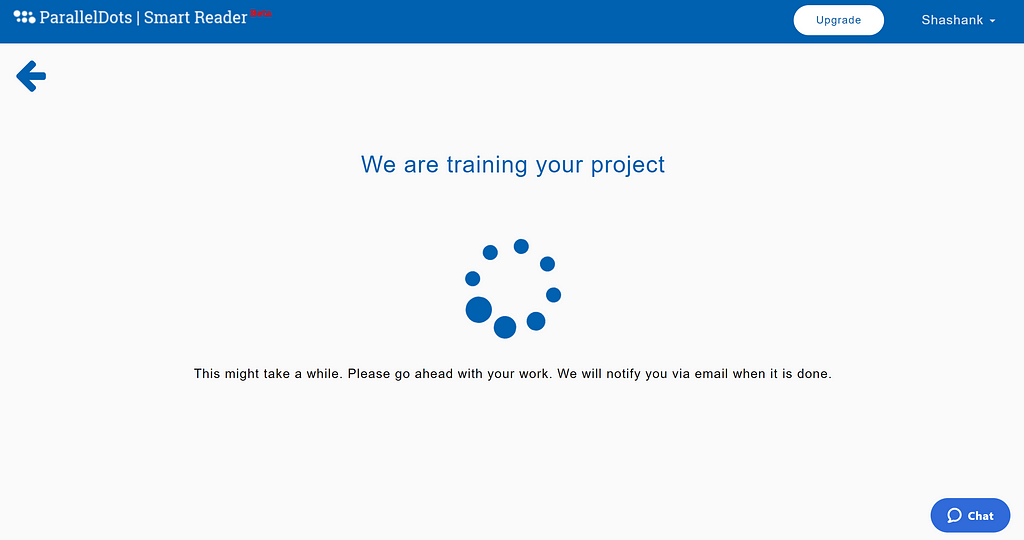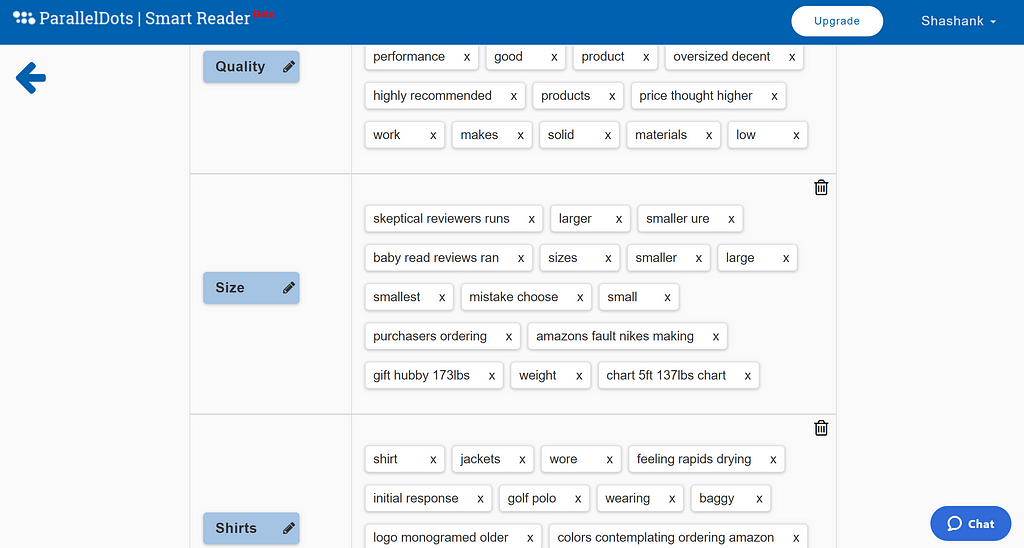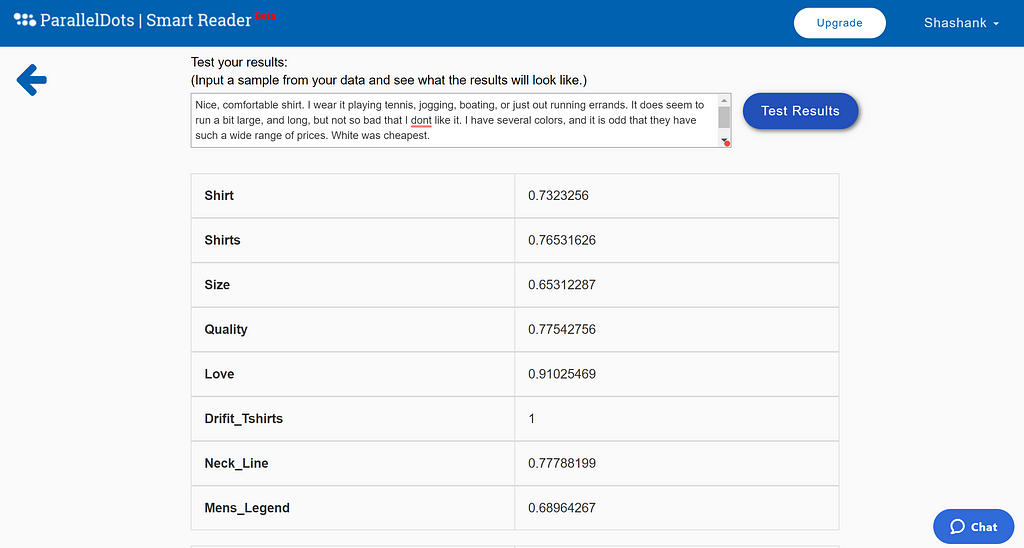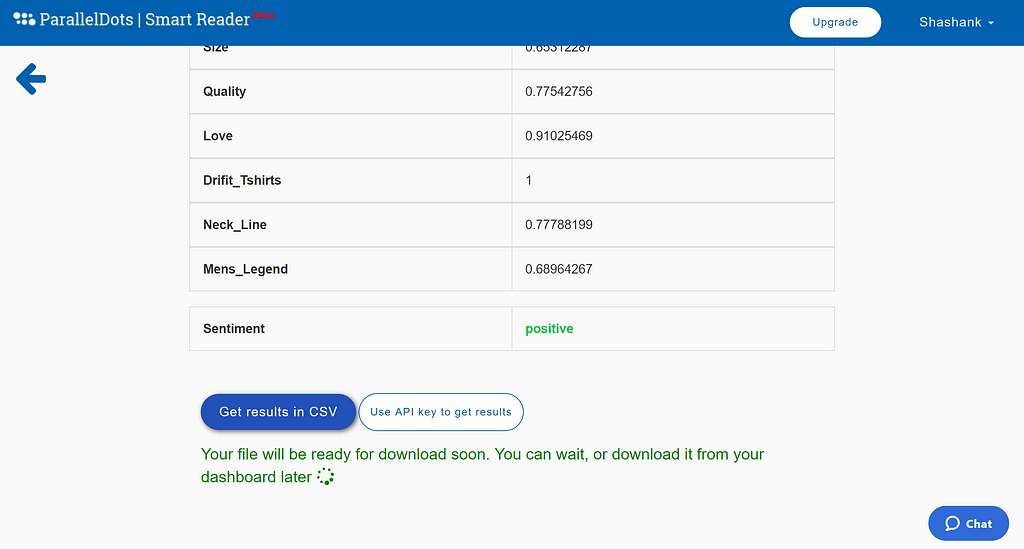Latest news about Bitcoin and all cryptocurrencies. Your daily crypto news habit.
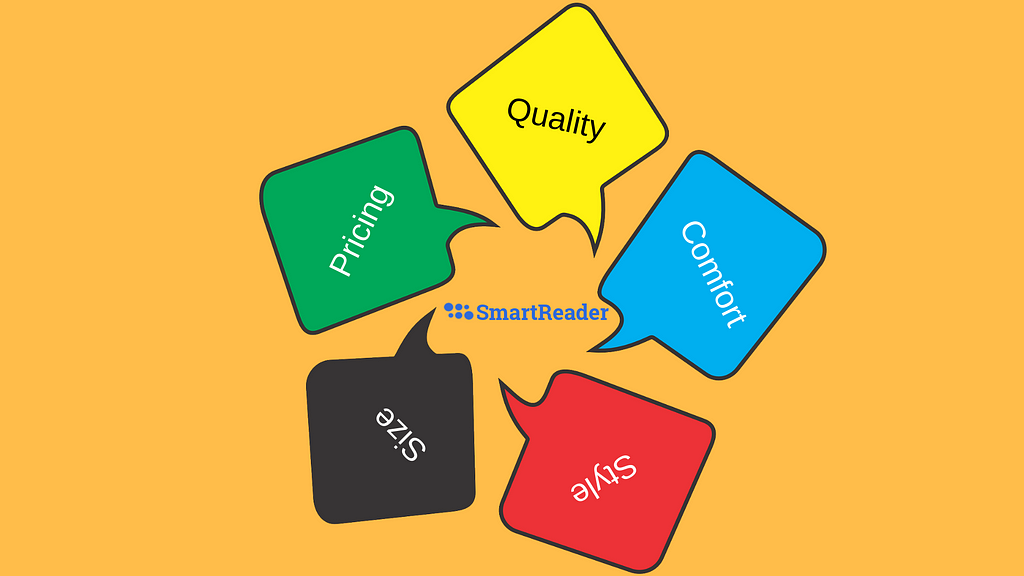
Machine learning has made it more accessible to create meaningful insights in a data-rich world. This includes data from customer surveys, qualitative primary research, and online verbatim comments. There is a wide range of input that arises in the lifetime of a business. This data needs to be mined for actionable insights, that can significantly impact the brand value of a business.
You could have launched a new marketing campaign and want to review customer sentiment. You could have designed a new product and need more insight into what B2B clients are saying about the solution. There are many research-oriented systems designed to create more data, but few to help you mine them effectively. That’s where machine learning comes in.
How Machine Learning helps in analyzing data sets
Machine learning can do the heavy lifting for you. It can analyze verbatim comments and introduce new insights from existing datasets. The algorithm takes some time to understand the sentiment, quality, and context of the data set, commonly known as the training process. After this learning period has passed, the data set can be mined better for quality insights.
The algorithm deciphers the output of the data set by mining key phrases that are tracked to particular labels. The training process analyses the raw input to create deeper meaning behind them. Ideally, there is manual input added to create these labels so that the algorithm can track the relationship between disparate data points. This makes text mining customer reviews, analyzing survey responses and scrubbing feedback sessions that much easier.
How to analyze verbatim comments on spreadsheets
Verbatim comments may pose a challenge at first but analyzing them can be made easy and simple with the help of Machine Learning. At ParallelDots, we have created a tool called SmartReader to allow anyone to analyze verbatim comments quickly and accurately without writing a single line of code. Depending on the quantity of data available, the software can take between 10 to 15 minutes to train the algorithm on your data. However, when trying to analyze survey feedback that has millions of data points, the process can take much longer.
Here’s how you can use SmartReader to analyze your verbatims data:
Step 1 — You need to register with ParallelDots to create your account and log in to SmartReader. Once you have logged in, you can go ahead and create a new project, also called as Model, for your dataset.
Step 2 — Next, you can upload your CSV file in the tool. After the file has been successfully uploaded, you need to select the column which contains the verbatim data that is to be categorized.
Step 3 — Click on next, and the algorithm will now be trained on the dataset provided. The whole process takes about 10–15 minutes, and you can carry on with other tasks while it’s being performed in the background. You can even close the tab during the data training process. We will notify you via email when it is done.
Step 4 — Once the training process has concluded, you will be recommended some topics that are fetched from the data itself. You can click on these topics to get the appropriate keyword recommendation. The combination of topics and their keywords is critical to getting high categorization accuracy. You can add your own topics and/or remove the recommended topics. Similarly, you can add or delete keywords related to a topic. Manual input is necessary for this step along with the domain knowledge of dataset to ensure topics and keywords are set up correctly.
Step 5 — There is an input box at the bottom of the dashboard, where you can enter a text/phrase to check the quality of the classification job. This will help you perform some basic testing at your end to ensure that the classification is working correctly. If you think the results are not optimum, you should modify the keywords list for that topic.
SmartReader believes in combining human ingenuity and technical tools to reduce the time required for a cumbersome process like verbatim coding.
Step 6 — Once you are satisfied with the topics and keyword combinations, you can download the results back in a csv file with your verbatims categorized into topics. SmartReader tool will also perform sentiment and emotion analysis on your verbatim data. You can then create a pivot table to analyze your data and get key insights like — “which features of your product are associated with most negative comments?”
Benefits of using machine learning
One of the greatest challenges of mining data has always been related to coding the right parameters. This has been taken care of by the sophisticated algorithms behind SmartReader. Through the power of machine learning, you can categorize and label several lines of data without a single line of code from your end. The software does all the heavy lifting, while you get your results in less than 30 minutes.
There are few tools in the marketplace for data mining, with SmartReader being one of the handfuls of them. Added to that the capability to create custom classifiers, use sentiment analysis, and emotion analysis, and you get a robust machine learning based data analyzer. You can also install the Excel plugin and Google Sheets add-on to perform more analysis on your data file.
We hope you liked the article. Please Sign Up for a free ParallelDots account to start your AI journey. You can also check out the demo of ParallelDots’ AI APIs here.
You can read the original article here.
Analyzing verbatim comments in spreadsheets using machine learning was originally published in Hacker Noon on Medium, where people are continuing the conversation by highlighting and responding to this story.
Disclaimer
The views and opinions expressed in this article are solely those of the authors and do not reflect the views of Bitcoin Insider. Every investment and trading move involves risk - this is especially true for cryptocurrencies given their volatility. We strongly advise our readers to conduct their own research when making a decision.
